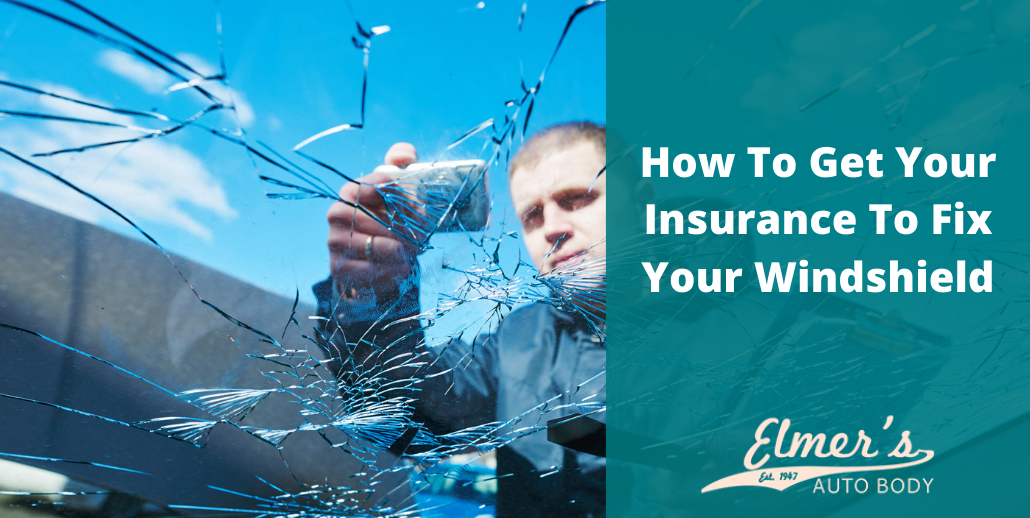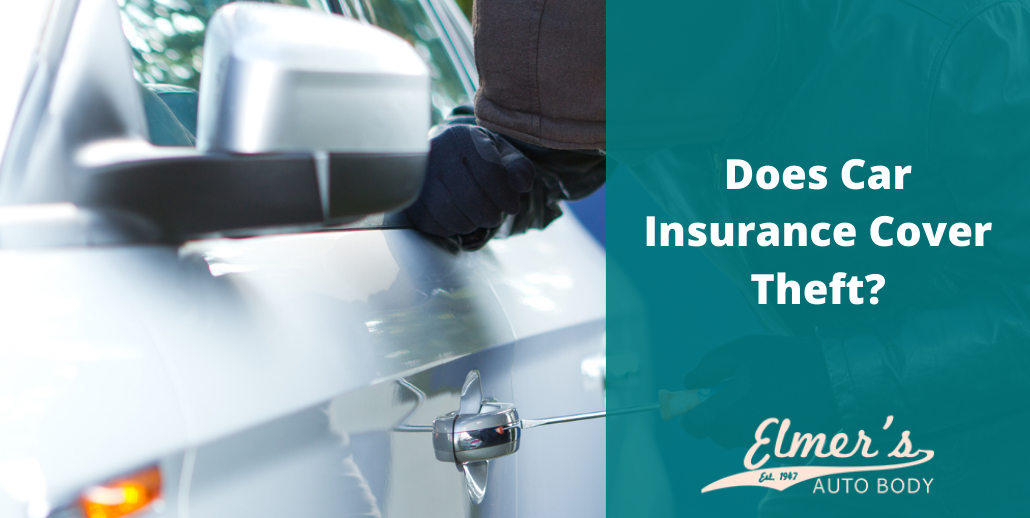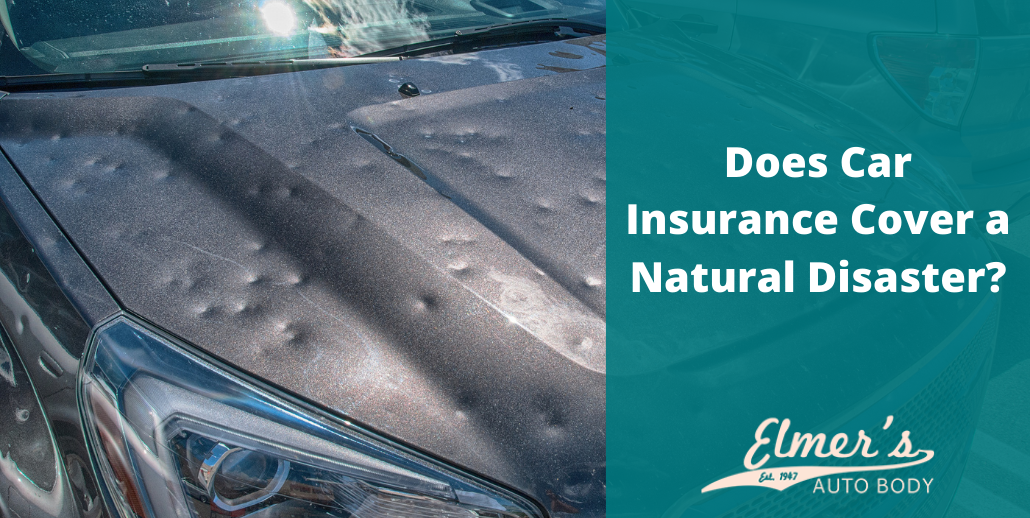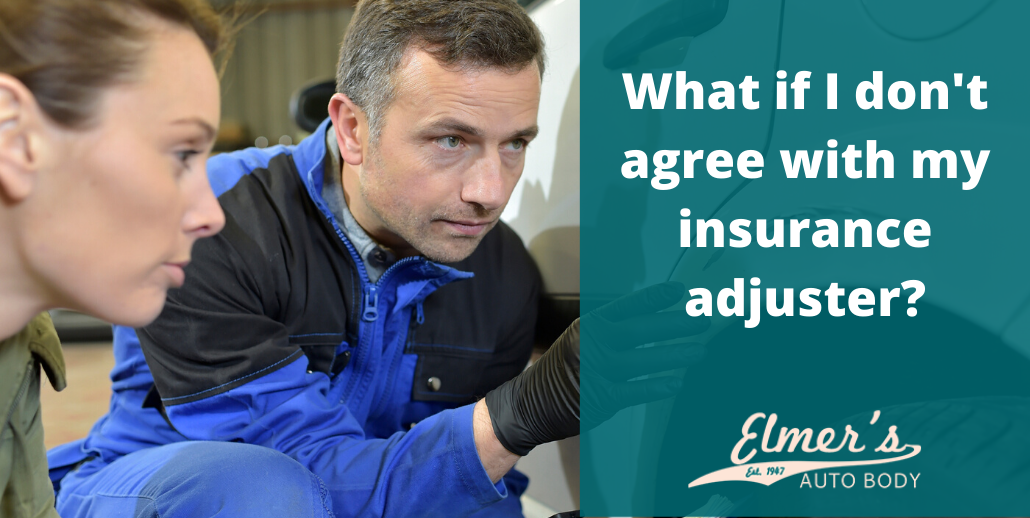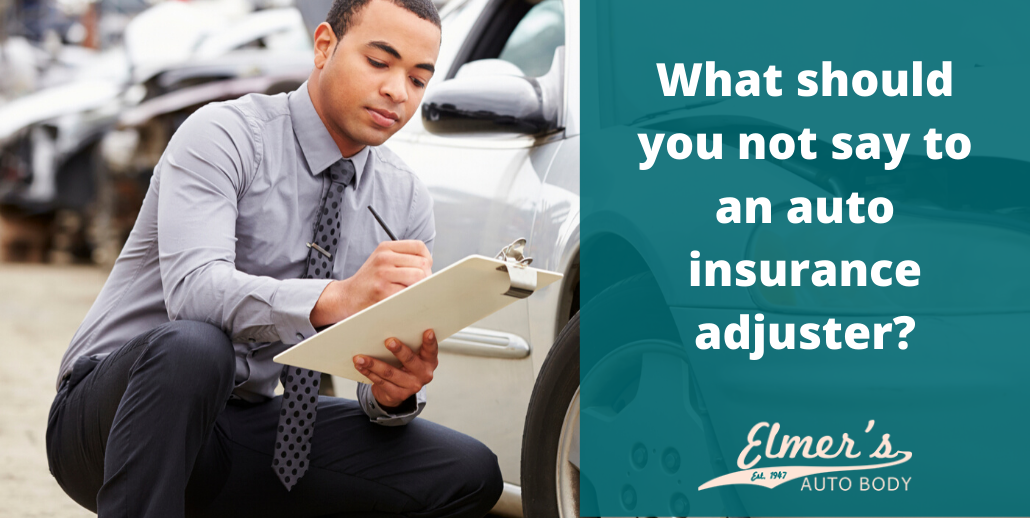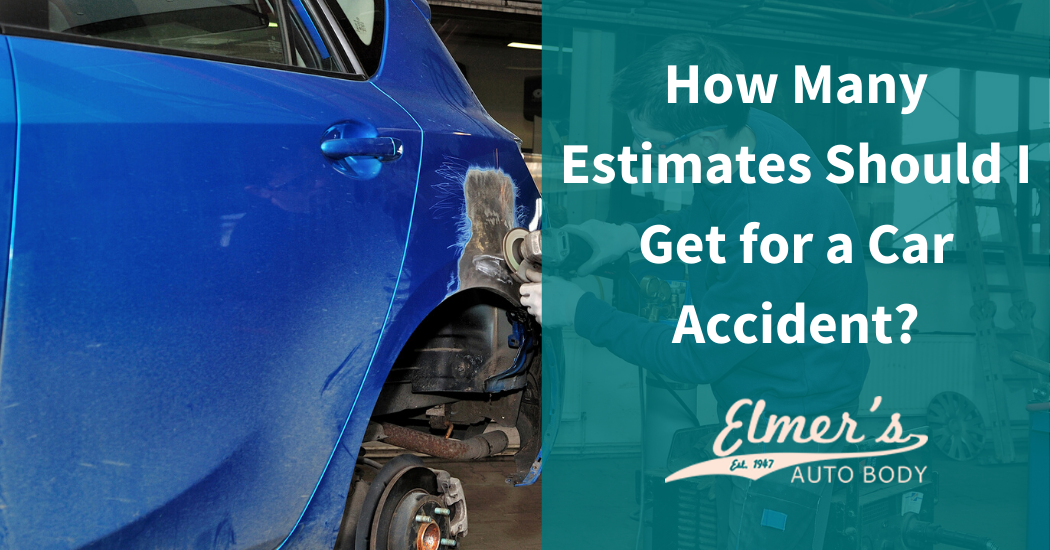Even if you don’t get into an accident, there are plenty of dangers on and off the road to your vehicle’s windshield. And once your windshield is cracked or shattered, there is little you can do with your car until the damages have been repaired. Unfortunately, repairing or replacing a windshield can be too expensive for many drivers.
So, you might wonder whether car insurance will cover the cost of repairing or replacing the windshield.
The answer is: It depends—on the damages and what type of car insurance you have. If you have the correct insurance, then you might be in luck. But there are still a number of factors to consider before filing a claim.
To help you succeed in getting the damages corrected, here is everything you need to know on how to get your insurance to fix your windshield.
Which Insurance Covers Glass Damage?
Having the right type of auto insurance is the first major step in getting any crack or chip repaired or a shattered windshield replaced. Regular car insurance covers liabilities, so you need something else.
That’s where comprehensive car insurance is useful. A comprehensive policy is going to cover all the bases that your liability and collision insurance do not, such as theft, vandalism, animal damage, weather damage, and falling-object damages.
Comprehensive coverage usually includes glass damage. In order for any windshield or window issues to be repaired or replaced, however, you will need comprehensive insurance before any incident occurs. If you try to purchase a comprehensive policy after your windshield is damaged, it won’t be covered.
Receiving Full Glass Coverage
An optional addition to comprehensive coverage exists that is called “full glass coverage” or “zero dollar glass deductible.” This add-on will void the deductible whenever you submit a glass-related claim.
Full glass coverage is not available in every state, so be sure to check your insurance policy and contact the carrier if you have any questions.
Impact on Deductibles and Premiums
Before you begin the process to submit a repair claim, you must do the following:
Compare the cost of the overall repair or replacement to the amount of your insurance deductible.
If you have a deductible that is higher than the overall cost of the windshield repair or replacement, then you shouldn’t file a claim.
Premiums are another matter. Any damage to the windshield that results from anything other than a collision will not increase your insurance rate—usually. Check your insurance policy to make sure.
Keep in mind that, if you file a claim when the cost is only a small amount higher than the deductible, it could negatively impact your claim record. For example, if your deductible is $200, and the cost of repair is $240, and the insurance company gives you $30, you’re not really saving anything. Further, a compilation of small claims could increase perceived risk, leading to a premium hike when you renew.
The DMV has more information about submitting insurance claims and some useful tips to ensure you receive your new windshield.
Repair or Replace – That is the Question
There are two avenues for damaged windshield glass: replacing the entire section or repairing the individual cracks and chips.
- Repairs: these should only take around 30 minutes to complete. It is best for smaller cracks and chips in the windshield that are not located directly in the driver’s line of view.
- Replacement: this will cost far more than repairs and are usually the result of extensive, irreparable damages to the vehicle.
Will I Get an OEM Windshield?
In the event you need to receive a full windshield replacement, you will receive a brand new pane of glass. That said, whether you receive an original equipment manufacturer (OEM) windshield depends largely on what your insurance policy states.
Most insurance carriers will cover aftermarket parts. Cheaper than OEM, aftermarket parts are ways for insurance companies to cut the cost for themselves and for those they insure. If OEM parts were used all the time, your premiums would be sky high.
But, if you absolutely want an OEM windshield, there are two things you can do to get your insurer to cover some of the cost:
- Offer to Pay the Difference: You can request that your insurer orders an OEM windshield instead of aftermarket if you offer to pay the difference between what the insurer is covering and the price of the new windshield. (That difference won’t be cheap either!)
- Get a Rider in Advance: This must be done far in advance. When you are setting up your comprehensive policy, you can request a rider to get OEM parts. When you have a rider set-up already, the insurance company won’t question giving you OEM parts. Not all insurance carriers have this option.
If you must have OEM parts, the best way to secure them is to review your policy and discuss your options with your insurance company.
Get Your Windshield Repaired or Replaced Today!
Getting insurance to cover your windshield repair or replacement is all about knowing your policy and filing a claim quickly. The sooner you file for work to be done on the windshield, the better. There is more than one reason for this. Even tiny chips and cracks can spread rapidly across the windshield.
Do you have chips and cracks that you’re worried about? If they are small, you don’t need to get insurance to cover it. Most cracks can be repaired within minutes, and even if you don’t have comprehensive coverage, it won’t cost much.
The best way to get insurance to cover your windshield, however, is to have comprehensive car insurance-not just property damage and personal liability coverage.
Have questions about getting your windshield repaired or replaced? Send them our way by filling out the contact form! We’re here to help.

